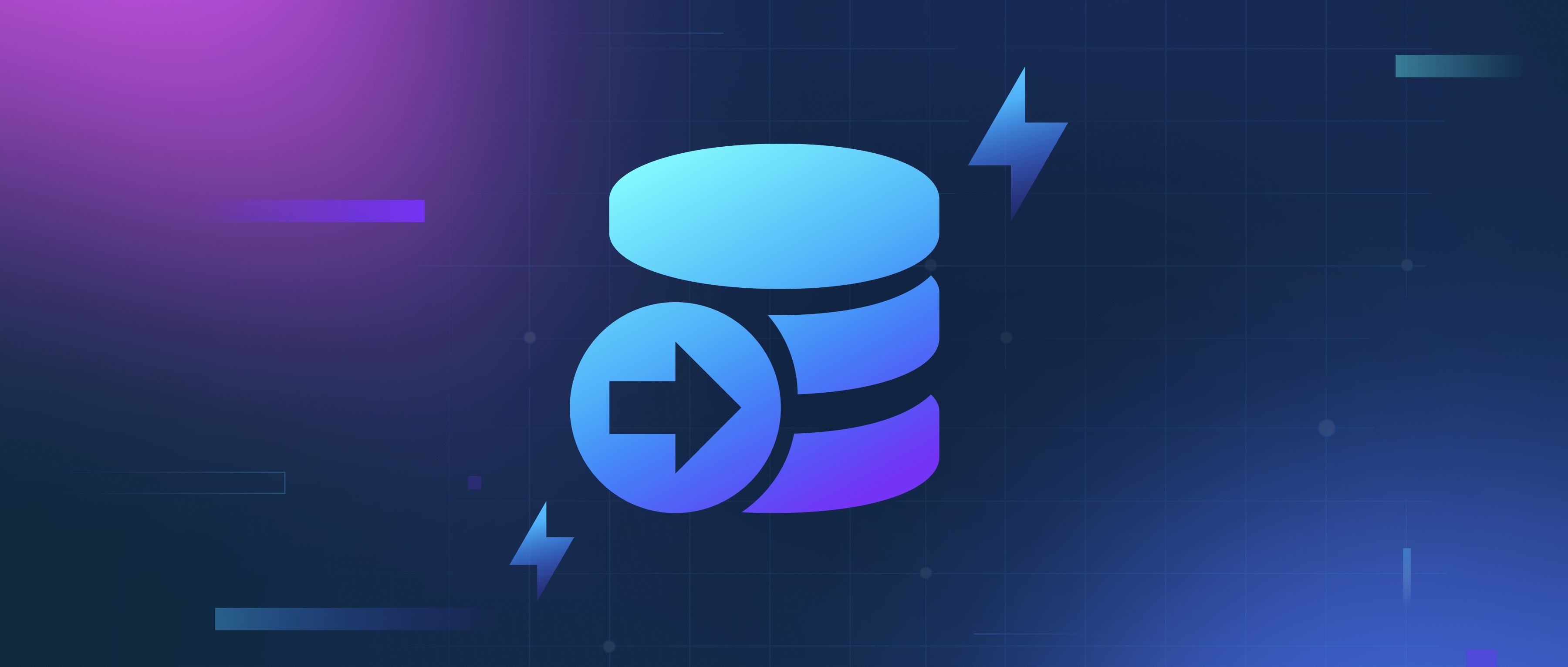To access OpenAI's GPT-4 through the API, you'll first need to sign up for an API key. Visit the OpenAI website and create an account if you don't already have one. Once you are logged in, navigate to the API section of your dashboard. There, you can generate an API key. This key is crucial, as it allows you to authenticate your requests to the API and access GPT-4's capabilities.
After obtaining your API key, you can start making requests to the GPT-4 endpoint. You will need to use a programming language that can perform HTTP requests, such as Python, JavaScript, or any other language of your choice. For Python, you can use libraries like requests to send your API requests. Here's a simple example in Python:
import requests
api_key = 'your_api_key'
url = 'https://api.openai.com/v1/chat/completions'
headers = {
'Authorization': f'Bearer {api_key}',
'Content-Type': 'application/json'
}
data = {
'model': 'gpt-4',
'messages': [{'role': 'user', 'content': 'Hello, how can I use GPT-4?'}]
}
response = requests.post(url, headers=headers, json=data)
print(response.json())
This code snippet illustrates how to send a message to the GPT-4 model and print the response. Make sure to replace 'your_api_key' with the actual API key you generated. You can customize the messages field to include prompts of your choice, enabling GPT-4 to generate relevant and context-aware responses. Remember to adhere to OpenAI’s usage policies and guidelines when using the API to ensure compliance and avoid any potential issues.
